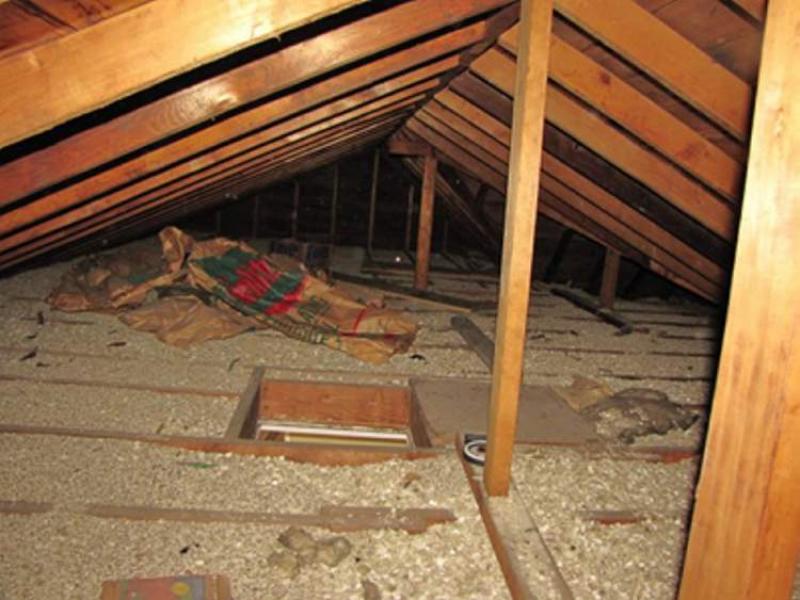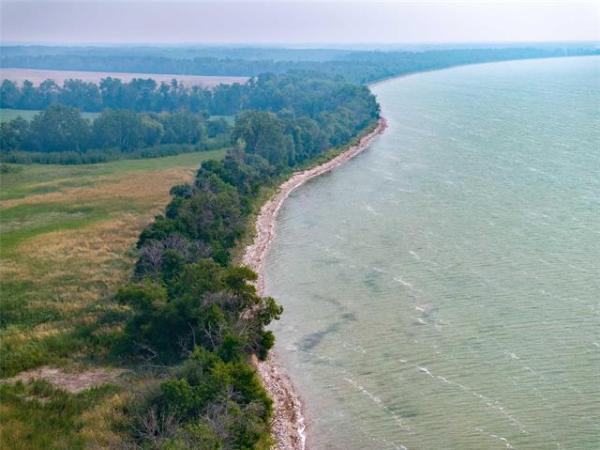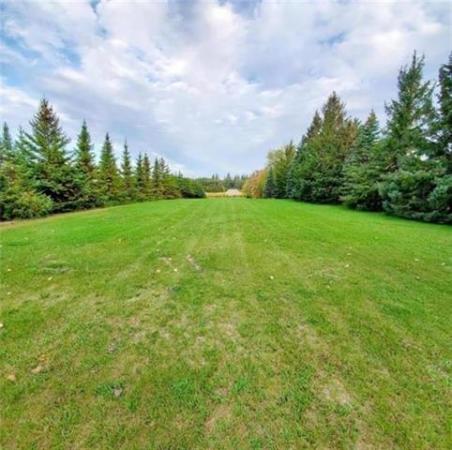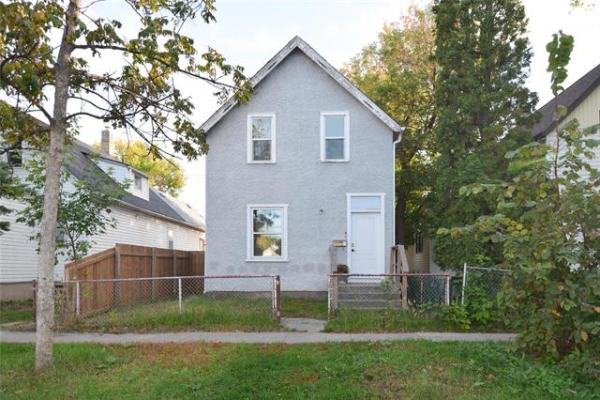QUESTION: I am in the process of upgrading the energy efficiency of my home, which is 40 years old. I have Zonolite in the attic and just recently had a pre-retrofit eco-energy audit done.
It was suggested to me to increase my insulation in the attic by adding eight inches of blown insulation. How safe is this to blow on top of the Zonolite? The only access door is inside my house, which is presently sealed off, so even if it was disturbed there is little chance it would enter into the house, hopefully.
Would it be OK to blow in the additional insulation through both gable end vents on top of the existing Zonolite? It's an 880-square-foot bungalow.
Thanks for any information you can provide to me.
Dana L. Hoffman
ANSWER: Your question is very relevant, as many homeowners doing energy evaluations of their homes have probably wrestled with this same question.
For those not familiar with the Zonolite issue, it concerns asbestos content discovered in this brand of vermiculite insulation in the last decade or so. Much of the mineral used to make this insulation came from a single mine in Montana, owned by the company that produced the Zonolite brand of vermiculite insulation. It was discovered many years after installation that it had a significant asbestos content.
Although this is not true of all vermiculite insulation, the majority of this type of insulation sold and installed in Western Canada was from this one source. It's estimated that 80 per cent or more of the vermiculite insulation in attics and walls in our area is contaminated Zonolite. While laboratory testing is needed to confirm this, it's a safe assumption that the material in your attic falls into this hazardous category.
To have asbestos present in homes or buildings, where it can be inhaled, is a major health hazard for the occupants. Asbestos has been linked to serious respiratory diseases, including cancer. For this reason, it has rarely been used in building materials for the last couple of decades.
Asbestos is only a potential hazard if it is in the living or work space and becomes friable. This means that only building material containing asbestos that breaks down, releasing small fibres into the air, are a threat. Many materials in older homes, such as vinyl asbestos floor tiles and cement asbestos siding, have fibres that are embedded and unlikely to ever become friable. This is not the case with vermiculite, as the fibres can become loose and friable over time from natural deterioration.
Fortunately for most homeowners, this material is present only in an attic that is fairly well sealed from the living space. If the vermiculite can't get into the air inside the home, there is little or no health concern.
Attempts at removal can actually loosen the asbestos fibres in the vermiculite and increase the chance of exposure. For that reason, Health Canada, CMHC, and other knowledgeable sources recommend leaving it alone.
Your plan to cover it with additional loose-fill insulation is perfectly acceptable and should only reduce the chances of releasing asbestos fibres into the home or attic. It's quite common to have new loose insulation blown into an attic from gable or roof vents, which will prevent unneeded human traffic in your attic. Walking or working in attics filled with Zonolite can stir up the loose insulation and release friable asbestos fibres into the attic airspace. For this reason, using the attic vents to install the new insulation is an excellent idea.
Unfortunately, there is one hitch to your plan to simply blow additional insulation on top of this material to improve energy efficiency.
Very few 40-year-old homes are designed to allow a foot or more insulation installed in the attic. Because of the large amount of new insulation recommended, I'm assuming that you already have three to four inches of vermiculite installed between the ceiling joists. This leaves a decent space between the insulation and the attic's roof sheathing, allowing soffit vents to do their important job, without obstruction.
But if you blow eight inches of loose insulation into the entire attic from the vents, you will overfill this area. This can cause a partial or complete blockage of the soffit vents and critical airflow, which can lead to major frost and moisture issues.
Insulation stops can be installed between the rafters to leave an air space above the new insulation to prevent this from occurring, but that's where the dilemma arises: How do you get insulation stops into the attic without entering and disturbing the asbestos-laden vermiculite?
If you still have wooden soffits, they could be cut out from the exterior to allow installation from outside. But in this case, or if workers have to enter the attic to install these critical air chutes, extreme care must be taken to prevent breathing in any asbestos fibres. Anyone attempting this work, even if done from below the soffits, should wear a proper respirator and cover their body from head to toe.
If proper precautions are taken, whether the insulation stops are installed from inside or outside the attic, it should be fairly straightforward to blow eight inches of loose insulation on top of the vermiculite without risk of it entering your living space.
Ari Marantz is the owner of Trained Eye Home Inspection Ltd. and the president of the Canadian Association of Home & Property Inspectors - Manitoba (www.cahpi.mb.ca). Questions can be e-mailed to the address below. Ari can be reached at (204) 291-5358 or check out his website at www.trainedeye.ca.
trainedeye@iname.com




